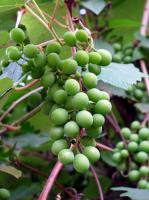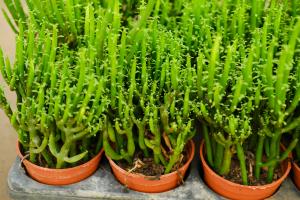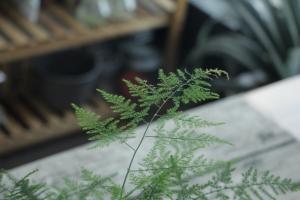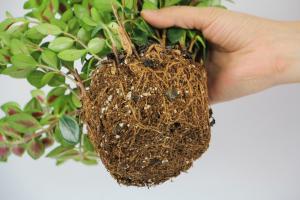Introduction
For every plant lover, it's important to give their greens the best possible care they can. Watering is one of the essential aspects of plant care, but it has always been an age-long debate whether spraying water on plants help them grow or not. In this article, we'll explore the benefits and drawbacks of spraying water on plants.
The Benefits of Spraying Water on Plants
One of the significant benefits of spraying water on plants is that it increases humidity, which is essential for their growth. When plants receive enough humidity through spraying, their leaves won't dry up, and they'll be able to absorb nutrients and minerals from the soil. Additionally, spraying water on the leaves helps them to remove any excess dust particles that could reduce their ability to photosynthesize.
Another benefit of spraying water on plants lies in its ability to deter pests from infesting plants. Pests such as spider mites and aphids thrive in dry conditions, and spraying water on plants makes it difficult for them to thrive, reducing the risk of pest infestations on plants.
The Drawbacks of Spraying Water on Plants
While spraying water on plants has its benefits, it can also have some drawbacks. One of the significant drawbacks of spraying water on plants is the risk of fungal diseases. Humidity promotes the growth of fungi, and spraying water on plants can create an environment conducive for fungal diseases such as powdery mildew and black spot to thrive. These fungi can ultimately harm the plant and reduce its productivity, which is counterproductive to the goal of trying to help the plant grow.
Another drawback of spraying water on plants is that it can lead to uneven distribution of water. Some areas could receive more water than others, which can lead to the underdevelopment of some parts of the plant. Too much spraying of water on plants can also damage the plant's foliage and reduce its overall aesthetic value.
The Best Ways to Spraying Water on Plants
If you're considering spraying water on your plants, it's essential to do it the right way. One of the best ways of spraying water on plants is by using a handheld spray bottle while ensuring that the nozzle's spray is gentle. Additionally, spraying water on plants early in the morning before the sun comes out will give the foliage the chance to dry up before the sun can cause any damage.
Another way of spraying water on plants is by using a watering can with a Rose attachment that ensures the water is distributed evenly. This method ensures that every part of the plant gets enough moisture, reducing the risk of uneven distribution of water.
Conclusion
In conclusion, spraying water on plants can have its benefits and drawbacks. While it can increase humidity and discourage pests from infesting plants, the risk of fungal diseases and uneven distribution of water cannot be ignored. However, with the right approach, such as using the appropriate tools, early morning spraying, and being mindful of the amount of water used, spraying water on plants can help them grow and thrive.

 how many times do yo...
how many times do yo... how many planted tre...
how many planted tre... how many pine trees ...
how many pine trees ... how many pecan trees...
how many pecan trees... how many plants comp...
how many plants comp... how many plants can ...
how many plants can ... how many plants and ...
how many plants and ... how many pepper plan...
how many pepper plan...






























